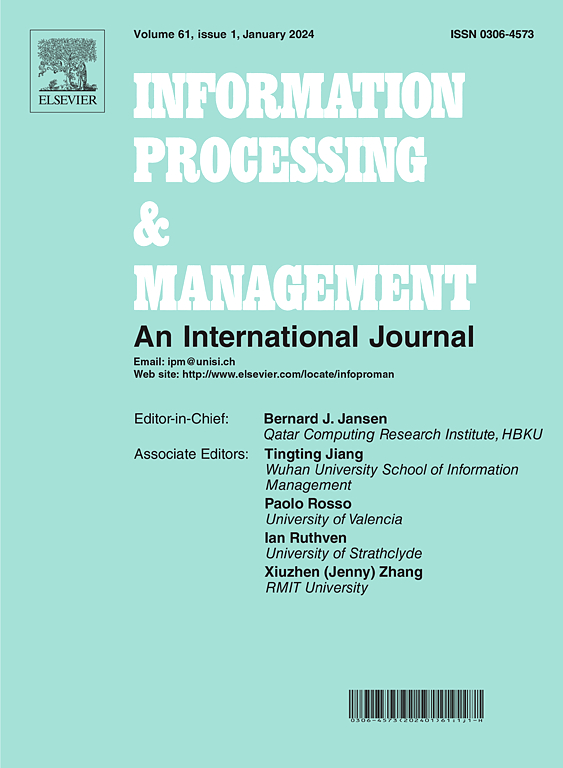Deep multi-view subspace clustering via hierarchical diversity optimization of consensus learning
IF 7.4
1区 管理学
Q1 COMPUTER SCIENCE, INFORMATION SYSTEMS
引用次数: 0
Abstract
Deep multi-view subspace clustering outperforms classic multi-view clustering methods due to its powerful nonlinear feature extraction capabilities. Nevertheless, current deep multi-view clustering approaches face several challenges: (1) a lack of multi-level feature expression during consensus feature learning; (2) some nonlinear geometric structures in the data have not been fully utilized, leading to incomplete graph information representation; (3) the neglect of robust supervision from the original feature matrix in the multi-view clustering. To address these issues, we propose a Deep Multi-view Subspace Clustering via Hierarchical Diversity Optimization of Consensus Learning, termed as DMSC-HDOC. Our framework integrates three key modules: The hierarchical self-weighted fusion (HSF) module to resample the original features and learn more diverse features. On this basis, dual laplacian constraint (DLC) module are exploited to mine the geometric structure of the data samples. Finally, self-alignment contrast (SaC) is effectively used to supervise the consensus features of the original features. Extensive experiments on the several widely used datasets have shown the superiority of the proposed DMSC-HDOC compared to existing state-of-the-arts methods.
基于共识学习的层次多样性优化的深度多视图子空间聚类
深度多视图子空间聚类具有强大的非线性特征提取能力,优于传统的多视图聚类方法。然而,目前的深度多视图聚类方法面临着以下几个挑战:(1)共识特征学习过程中缺乏多层次的特征表达;(2)数据中的一些非线性几何结构没有被充分利用,导致图信息表示不完全;(3)忽略了多视图聚类中来自原始特征矩阵的鲁棒监督。为了解决这些问题,我们提出了一种基于共识学习的层次多样性优化的深度多视图子空间聚类,称为DMSC-HDOC。我们的框架集成了三个关键模块:层次自加权融合(HSF)模块,重新采样原始特征并学习更多不同的特征;在此基础上,利用对偶拉普拉斯约束(DLC)模块挖掘数据样本的几何结构。最后,利用自对齐对比(SaC)对原始特征的一致性特征进行有效监督。在几个广泛使用的数据集上进行的大量实验表明,与现有的最先进的方法相比,所提出的DMSC-HDOC具有优越性。
本文章由计算机程序翻译,如有差异,请以英文原文为准。
求助全文
约1分钟内获得全文
求助全文
来源期刊

Information Processing & Management
工程技术-计算机:信息系统
CiteScore
17.00
自引率
11.60%
发文量
276
审稿时长
39 days
期刊介绍:
Information Processing and Management is dedicated to publishing cutting-edge original research at the convergence of computing and information science. Our scope encompasses theory, methods, and applications across various domains, including advertising, business, health, information science, information technology marketing, and social computing.
We aim to cater to the interests of both primary researchers and practitioners by offering an effective platform for the timely dissemination of advanced and topical issues in this interdisciplinary field. The journal places particular emphasis on original research articles, research survey articles, research method articles, and articles addressing critical applications of research. Join us in advancing knowledge and innovation at the intersection of computing and information science.
 求助内容:
求助内容: 应助结果提醒方式:
应助结果提醒方式:


